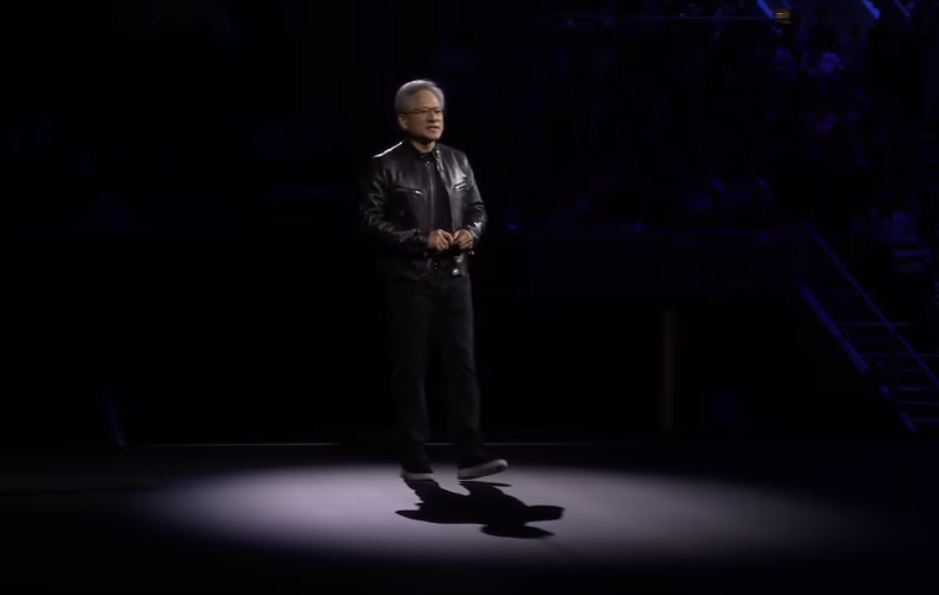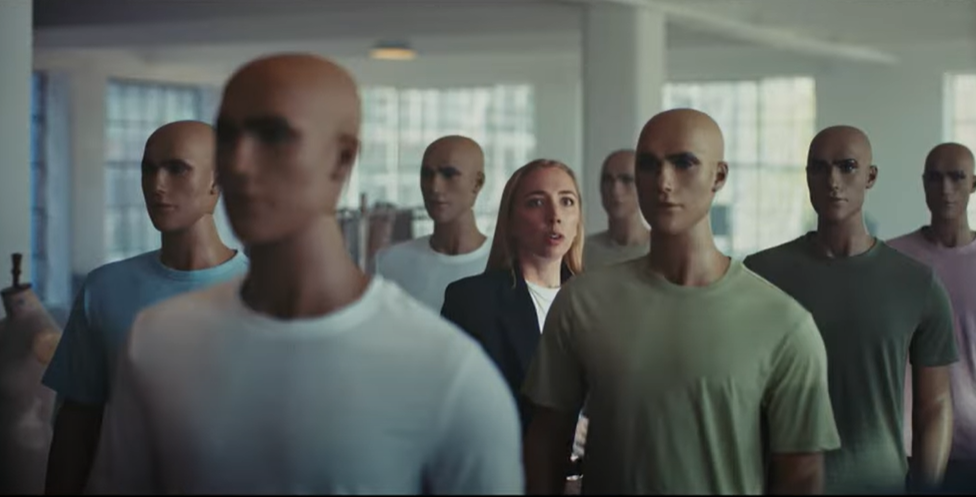Nvidia CEO Jensen Huang has a vision for the future and it involves self-driving cars, AI agents and intelligent robots.
During a keynote on the opening night of CES, Huang said that there are huge economic opportunities to develop “physical AI.”
“The next frontier of AI is physical AI,” said Huang in a video demonstration he showed on stage at the Michelob Ultra Arena.
So far AI has been based on large language models but Huang asserts that the next innovation is in the real world. “The chat GPT moment for General robotics is just around the corner,” he said.
The challenge is that most models today have a difficult time with understanding physical dynamics like gravity, friction and inertia. So intel has created Cosmos, “a world Foundation model that it was created to understand the physical world.”
During the presentation, Huang announced “Mega,” an Omniverse Blueprint for developing, testing and optimizing physical AI and robot fleets at scale in real-world facilities.
Think warehouses with hundreds of autonomous mobile robots, robotic arm manipulators and humanoid robots working alongside people. “Robots execute tasks by perceiving and reasoning about their Omniverse digital twin environment planning their next motion and acting the robot brains can see the resulting state through sensor simulations and decide their next action,” explained Huang.
Nvidia also announced their next generation processor for cars called Thor, which has 20x the processing power of the last generation. With the new tech, the company revealed a new partnership with Toyota, Aurora and Continental to power self-driving cars and semi-trucks.
Toyota, Aurora and Continental join the growing list of NVIDIA partners rolling out automated and autonomous vehicle fleets.
“A trillion miles that are driven around the world each year that’s all going to be either highly autonomous or fully autonomous coming up,” he said. “I predict that this will likely be the first multi-trillion dollar robotics industry.”
With partners like Volvo already integrating Nvidia’s self-driving tools, the category is already worth $4 billion to Nvidia, and will likely reach $5 billion this year, according to Huang.
Huang also noted that agentic AI is behind Nemotron, a new suite of AI agent tools that companies can use for automated customer service. Unlike most chatbots, which rely on generative AI and point customers to contextual content, agentic AI can autonomously make decisions, take proactive actions and adapt to changing situations in real time.
“These AI agents are essentially digital workforce that are working alongside your employees um working Al doing things for you on your behalf and so the way that you would bring these specialized agents into your company is to on board them just like you onboard an employee.,” he explained.




